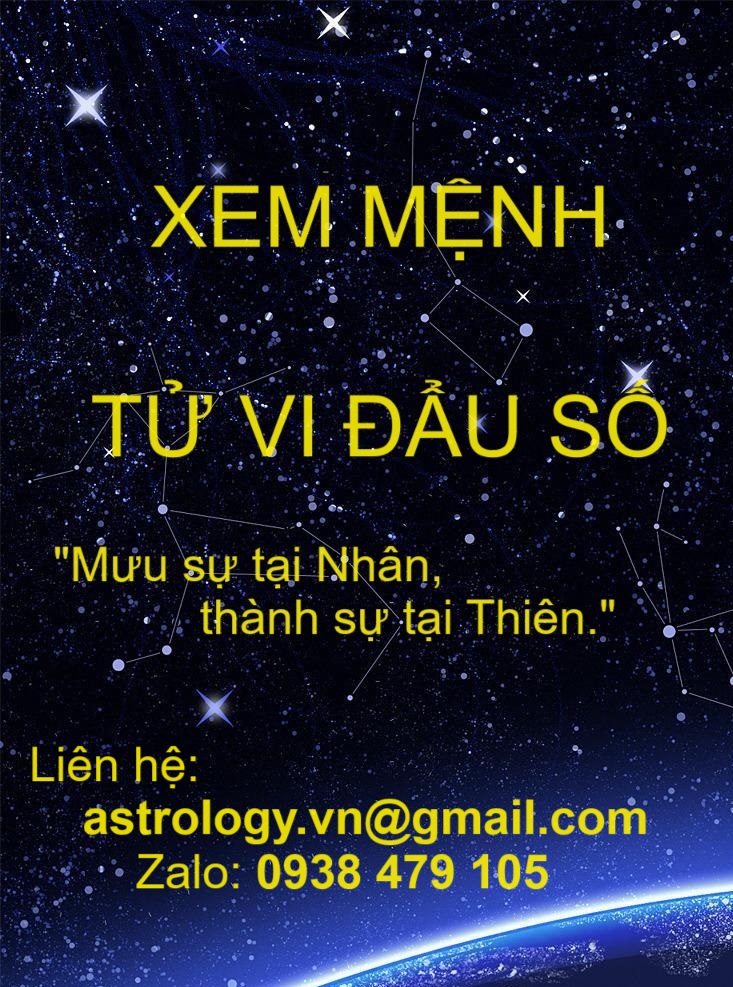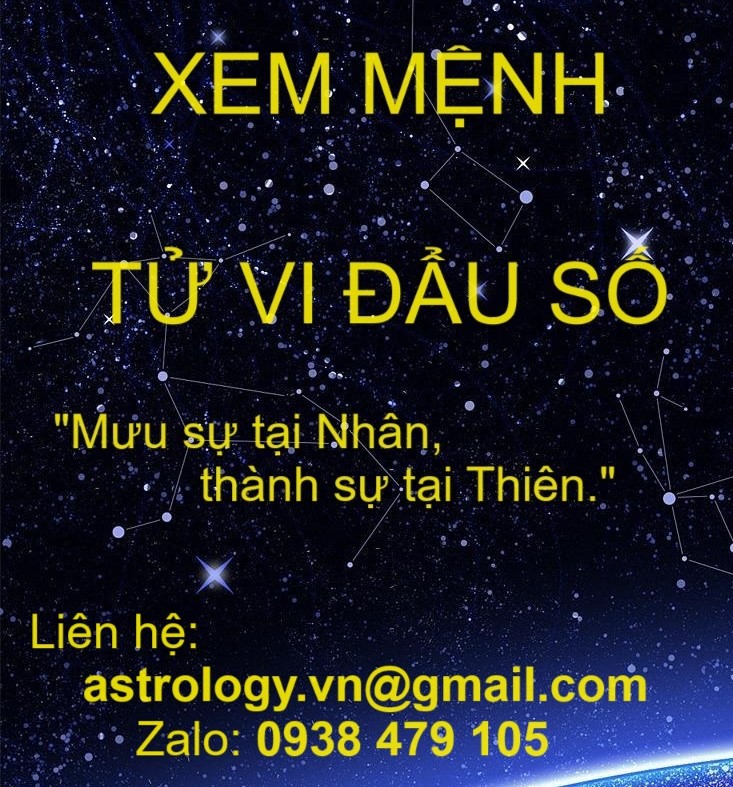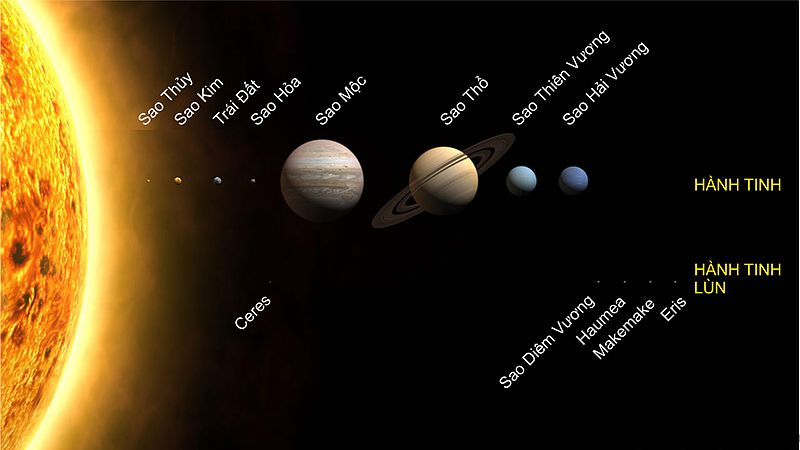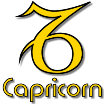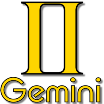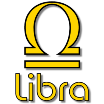Astrology.vn - The Lunar spectrum is much the same as that of the Sun, except that the light is yellower, and more diffused because of the roughness of the Moon's surface. At the quarter, the Moon's light has a brilliance of one-millionth that of the Sun; at the Full, 1/465 thousandths. However, the Moon absorbs 93% of the light it could reflect.
Solar System Bodies: Earth
The planet we inhabit. Astrologically, the Earth is the center of its universe, since one is concerned not with the position of the planets in reference to the Sun, but with the angle from which their reflected frequencies enter into the experience of those who dwell upon the Earth. When one speaks of the Sun's position he is but expressing the position of the Earth in its orbit in terms of the apparent position of the Sun. The Earth's orbit is an ellipse, of an eccentricity of about 1:60 - but which is slowly diminishing. Its longest diameter is its major axis. Its half length, or semi-axis, taken as the Mean distance from the Earth to Sun, amounts to about 92,900,000 miles. At perihelion the Earth is more than three million miles closer to the Sun than at aphelion; or about 3% of the maximum distance. The velocity of the Earth in its orbit is approximately 18.5 miles per second.
The Precession of the Equinoctial Point amounts to 360 degrees in about 24,800 years. The Earth's rotation appears to be slowing down at a rate which if continued will amount to 1 second in about 120,000 years.
The common center around which the Earth and the Moon revolve has been computed to be about 3000 miles from the Earth's center - or 1000 miles below the crust of the Earth. That this point is a variable one has been used by some as a basis for a computation based on the assumption that as this point approaches the surface of the Earth there result phenomena known as Earthquakes. The Earth curves from a straight line at the rate of about 1/9th of a degree per second. Its Diameter at the poles is 7900 m.; at the Equator, 7926 m.
The inclination of its axis to the Ecliptic, 66°33'.

Solar System Bodies: Moon
A satellite of the Earth, which to different civilizations has also been known as Luna, Soma, Isis; the "mother of the Earth." It has given us the name for the first day of the week-Monday; also lunacy, lunatic, moonstruck.
The Moon, reflecting the light of the Sun, emits a degree of heat which can be registered by concentrating the rays on the bulb of a thermometer. It may have some slight vegetation, but because of the apparent absence of atmosphere or clouds it lacks sufficient water to support vegetation such as is on the Earth.
The period of the Moon's axial rotation is the same as its period of revolution, hence the same side of the Moon is always turned toward the Earth. That its orbit was formerly smaller and its velocity correspondingly greater is proved by comparing records of ancient eclipses to tables based on observation of its present motion. The Moon's mean distance from the Earth is 238,840 miles, or 60 times the Earth's radius. It travels a trifle faster than its diameter per hour. Nor is it entirely the nearest body to the Earth, for in part of its orbit the minor planet Hermes (disc. in 1937) approaches to a distance of only 200,000 Miles. Traveling by airplane at 200 m.p.h. one would traverse the Earth-Moon distance in 5o days; but it would take a rocket ship speed of 7 m.p.s. to get beyond the Earth's gravitational field-at which rate we could arrive in 2 days.

Lifetimes have been devoted to the study of its incredibly complex motions. Among its various perturbations are the Equation of the Center, the retrogression of the Nodes, Evection, the anomalistic period, Lunar Variation, Annual Equation, and Secular Acceleration.
Galilee, in 1610, was the first selenographer to study the Moon through a telescope. In 1647 Hevelius published a chart of the Moon's surface that was not improved upon for a century. Its phases are familiar: The crescent of the new moon, and the reverse crescent of the fourth quarter of its circuit; the gibbous phase of the second and third quarters, when more than half of the moon is light; and the Earth-shine, when the Earth reflects a dim light upon the surface of the Moon during a few days before and after the Lunation.
Because of its faster motion near perigee we are able to see 7°45' around the Eastern and Western edges. This is termed its Libration in Longitude. Because of the inclination of the plane of the Moon's orbit to that of the Earth, we are able at times to see 6°41' beyond each of the poles. This is termed Libration in Latitude. There is also a Diurnal Libration of 1° on the Eastern limb of the Moon when rising, and on the Western when setting. The net combined result is that 41% of the Moon's surface is visible all the time, with another 18% that is visible part of the time, leaving 41% that has never been seen from the Earth.
Meton discovered the recession of the Moon's node in 432 B.C. and reformed the calendar in accordance therewith. He determined that there were 235 synodic periods in 19 years, varying by i day according to the number of leap years contained in the period.
The node recesses 360° in 6793.5 days or 18 2/3 years, or roughly 1½ years to a sign.
The Draconitic period of the Moon's motion, that from node to node, is 27.2122 days.
The moon rises 50 minutes later each night.
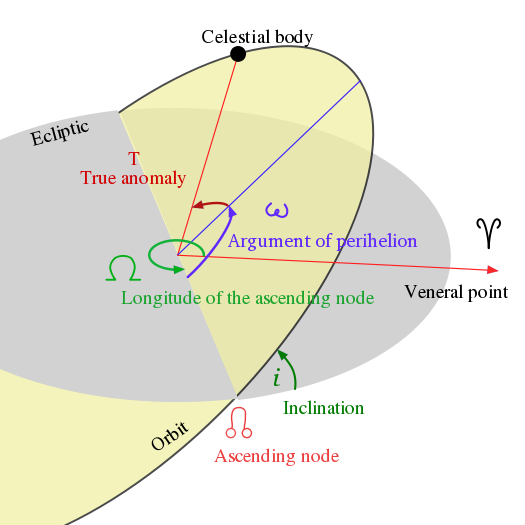
Harvest Moon. At this season of the year the Moon's path more nearly parallels that of the Earth, hence it remains near to the horizon for several days, at the same hour. Similarly with the Hunter's Moon, which is the nearest Full Moon to September 23rd. This effect is further intensified when the descending node is at 0° Aries. For example, with the Ascending node at 0° Aries : 23° 27', Plus 5° 9', equals 28° 36'. With the Descending node at 0° Aries : 23° 27', minus 5° 9', equals 18° 18°'. The Full Moon rides low in Summer but high in Winter, thus making Winter the season of least sunlight but of most moonlight.
Moonlight contains streaks of bright rays, apparently from some special mineral that fails to absorb light, or which may have some such property as radio-activity - to conjecture on a point regarding which scientists fail to agree. The rays consist largely of shades of yellow and gray, and from certain areas a shade of green. The Earth's surface has a reflective power six times greater than that of the Moon.
The Lunar spectrum is much the same as that of the Sun, except that the light is yellower, and more diffused because of the roughness of the Moon's surface. At the quarter, the Moon's light has a brilliance of one-millionth that of the Sun; at the Full, 1/465 thousandths. However, the Moon absorbs 93% of the light it could reflect.
The Moon's aspects by Right Ascension differ some minutes from those by Geocentric Longitude.
Tropical period minus Precession from 0° Aries : 6.9 seconds per period.
The color white is often associated with the Moon to symbolize purity. That it is chemically white is due to the absence of all color. Prismatically it is the presence of all colors of the spectrum, or the three primary colors in the proportions of three parts of yellow, five of red, and eight of blue.
Chiêm Tinh Học – ASTROLOGY.vn - About us
This email address is being protected from spambots. You need JavaScript enabled to view it.
Bài liên quan: Solar System >> Solar Astrology >> Solar System Bodies: Sun >> Solar System Bodies: Earth - Moon >> Solar System Bodies: Mercury - Venus >> Solar System Bodies: Mars >> Solar System Bodies: Jupiter >> Solar System Bodies: Saturn >> Solar System Bodies: Uranus >> Solar System Bodies: Neptune & Pluto





